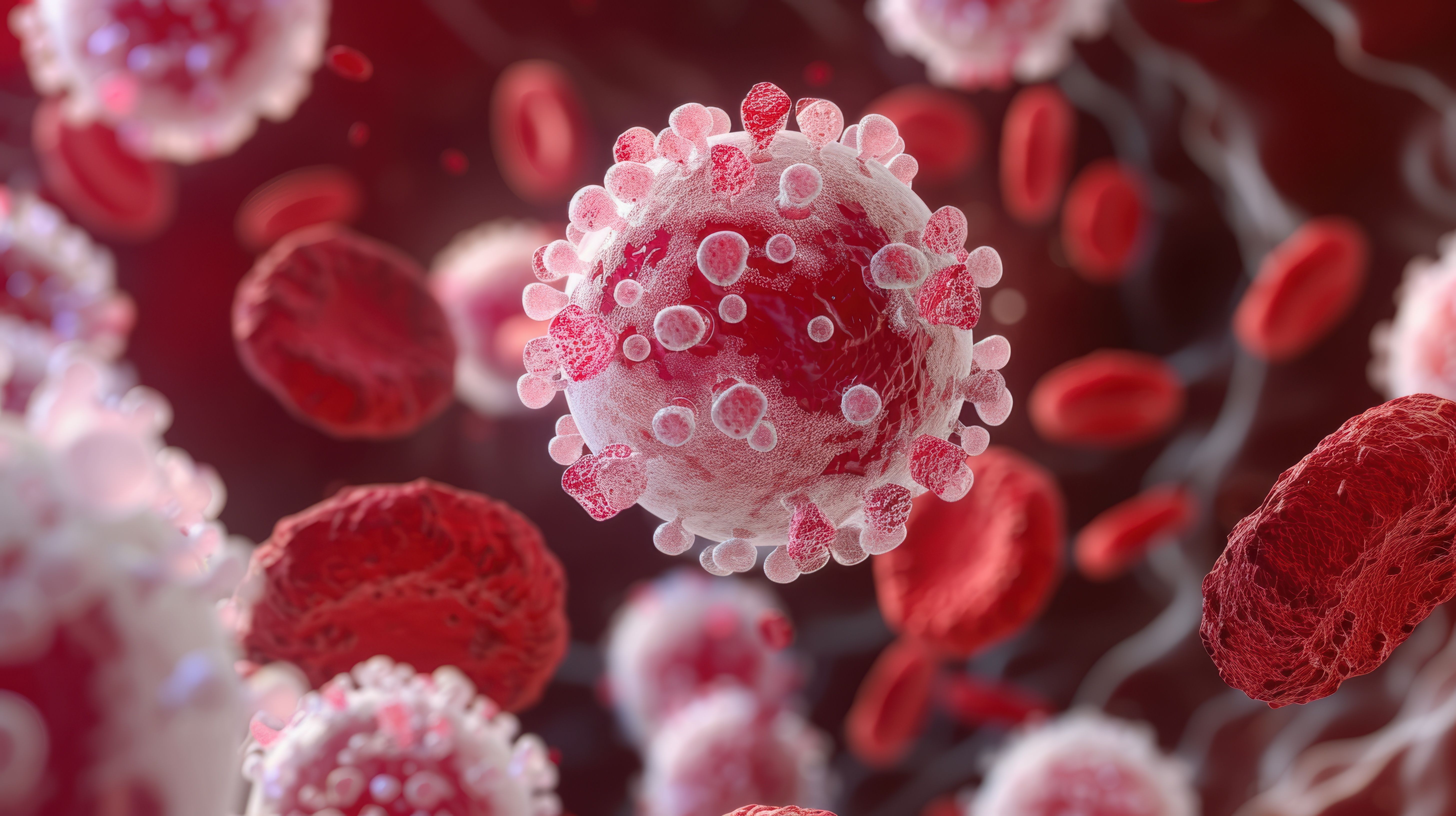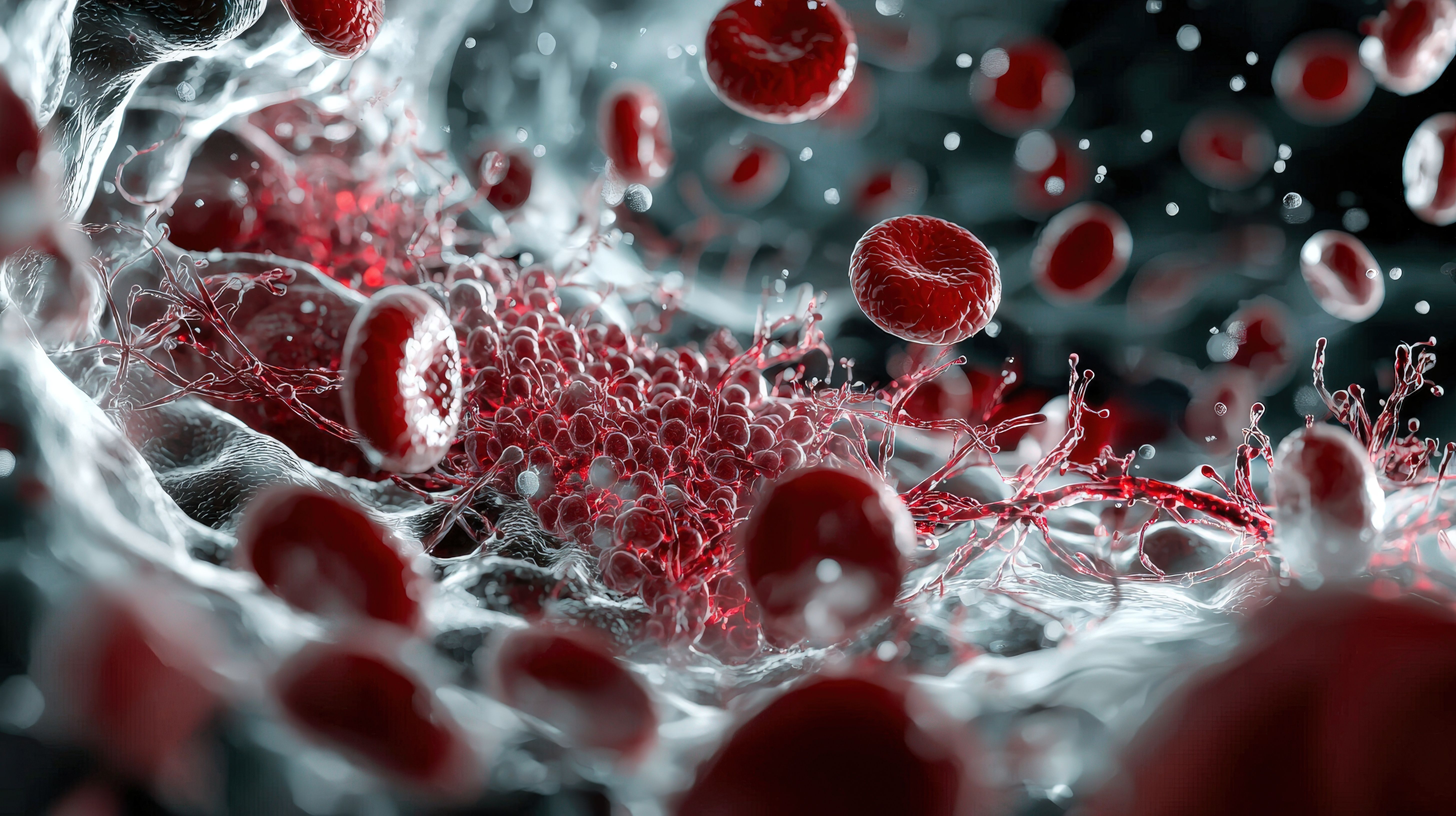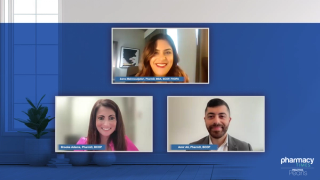
Multiple Myeloma
Latest News

Latest Videos

CME Content
More News
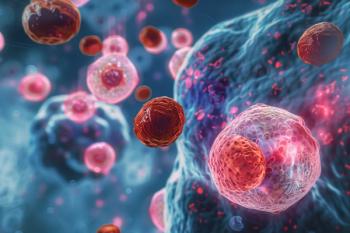
In the results, 31% of patients maintained undetectable measurable residual disease 4 years after treatment.
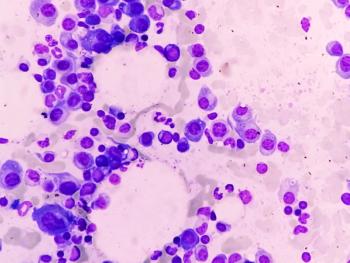
These therapies are being investigated in earlier lines, with several new treatments in development.

Dispensing, communicating, and recording information may look different at each center.

The tool can detect cell changes and mutations that drive resistance and relapse.
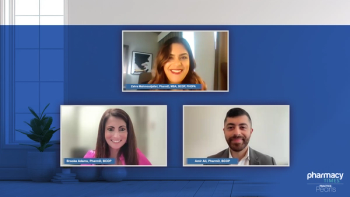
Panelists discuss how the introduction of triplet therapy prior to transplant in studies like IFM 2009 and DETERMINATION shifted the clinician mindset toward more intensive induction regimens, leading to a focus on achieving deeper responses and longer progression-free survival as primary goals of therapy for newly diagnosed multiple myeloma patients.

The real-world study results of ciltacabtagene autoleucel are comparable to data from the CARTITUDE-1 trial, emphasizing its efficacy and safety.

Panelists discuss how various patient characteristics, including age, fitness level, cytogenetic risk, and comorbidities, influence their decision to use more intensive quadruplet regimens like D-VRd (daratumumab plus bortezomib, lenalidomide, and dexamethasone) vs standard triplet regimens, such as VRd or KRd (carfilzomib, lenalidomide, and dexamethasone) in transplant-eligible multiple myeloma patients, while also considering administration logistics and supportive care requirements

Panelists discuss how transplant eligibility significantly influences first-line treatment goals and initial therapy selection in multiple myeloma, often leading to more intensive induction regimens aimed at achieving deep remissions.

The benefits of the daratumumab-based regimen were seen in all patients, including those with high and standard cytogenic risk levels.

Small molecule agents continue to be beneficial additions to multiple myeloma treatment, even with the development of T-cell redirected therapies.
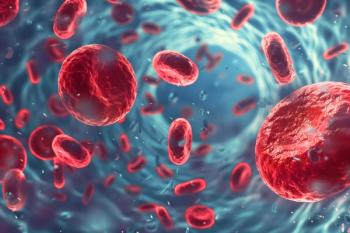
These interim trial results support the ongoing phase 3 ITHACA trial.

Experts discuss emerging targets in the immunotherapy landscape and how to improve patient outcomes through innovative approaches.

Ashraf Badros, MBCHB, discussed new data from the AURIGA study presented at the International Myeloma Society 2024 Annual Meeting, happening September 25 through 29 in Rio de Janeiro, Brazil.

Experts discuss immunotherapy advancements and challenges of resistance, efficacy, and toxicity in patient management.

The trial is evaluating ciltacabtagene autoleucel (cilta-cel, Carvykti; Johnson & Johnson) in patients with relapsed and lenalidomide-refractory multiple myeloma.

Minimal residual disease has been a major topic of discussion during the IMS 2024 Annual Meeting.

Ashraf Badros, MBCHB, discussed findings from the AURIGA study being presented at the International Myeloma Society 2024 Annual Meeting, happening September 25 through 29 in Rio de Janeiro, Brazil.

Promising depth of response and consistent safety profile support the use of talquetamab as a combination agent.

Banerjee also discussed data being presented at the International Myeloma Society 2024 Annual Meeting that he is particularly excited for this year.
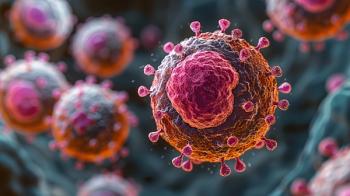
The CEPHEUS trial also highlights the importance of minimal residual disease (MRD) as a study end point.

Notably, of the 38 participants who remained on treatment, 37 have switched to less frequent dosing and all have maintained responses.

Panelists discuss how their institutions approach frontline treatment for transplant-eligible multiple myeloma patients, typically using a combination of novel agents like proteasome inhibitors and immunomodulatory drugs, followed by autologous stem cell transplantation and maintenance therapy, while considering factors such as patient characteristics and treatment response to guide therapy sequencing.

Panelists discuss how the current first-line treatment options for transplant-eligible patients with newly diagnosed multiple myeloma (NDMM) typically involve combination therapies including proteasome inhibitors, immunomodulatory drugs, and steroids.
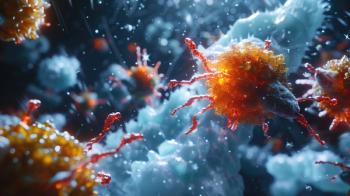
Experts discuss current knowledge and future indications for immunotherapies and CAR T in early treatment lines.

Rahul Banerjee, MD, FACP, discussed his presentation at the International Myeloma Society 2024 Annual Meeting on available T cell-directed therapies for myeloma treatment, including CAR T-cell therapies and bispecific antibodies.


